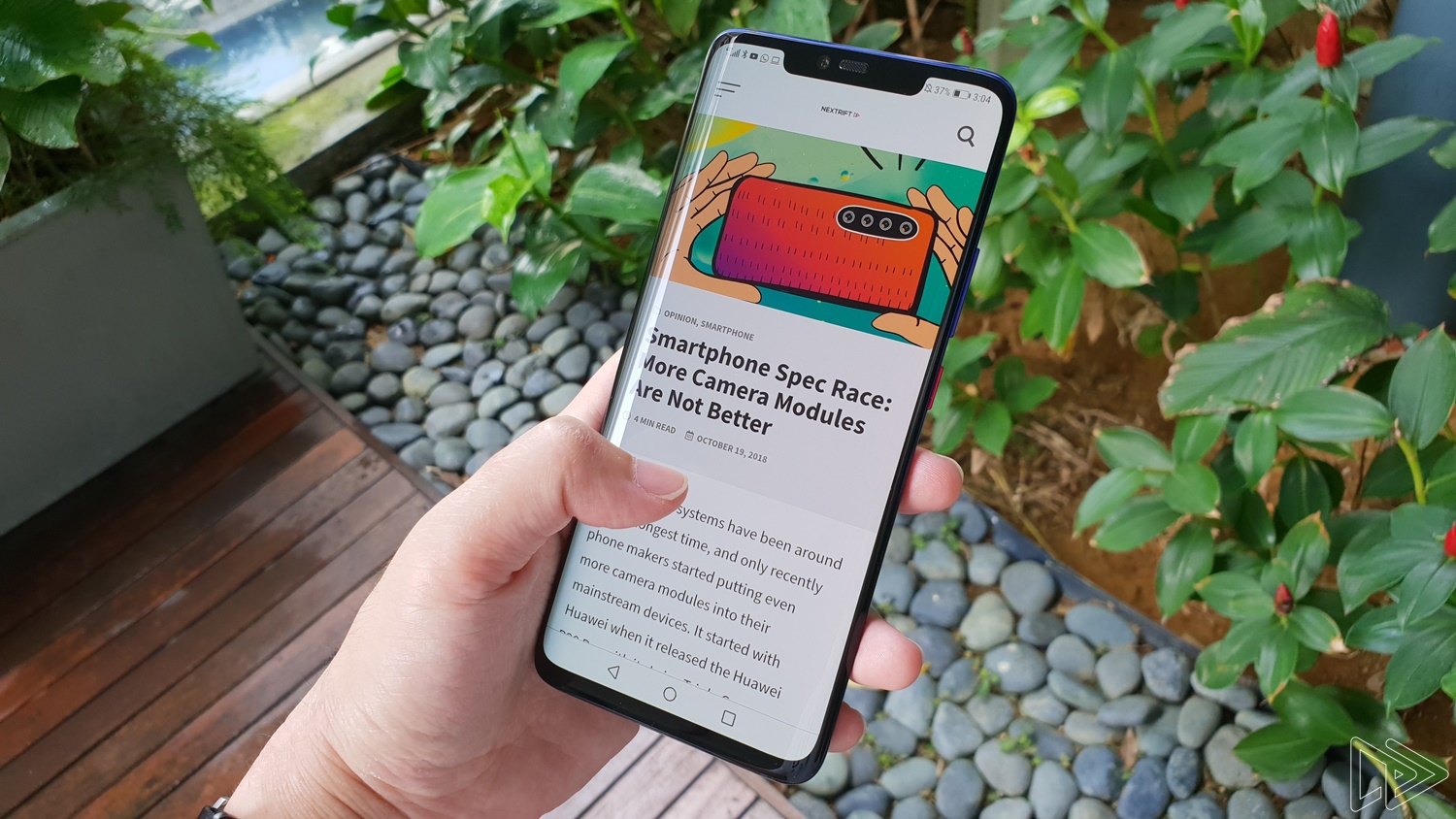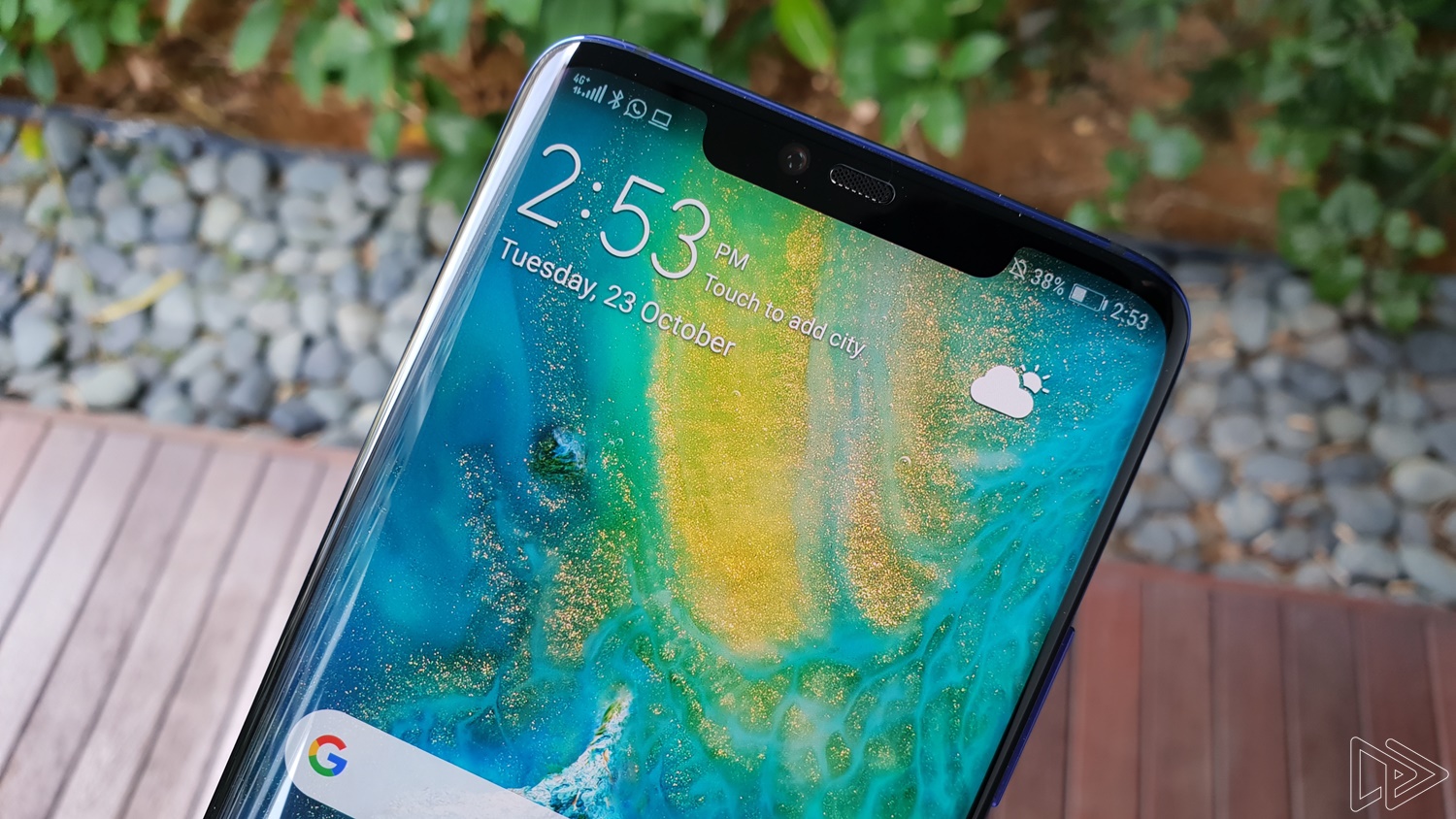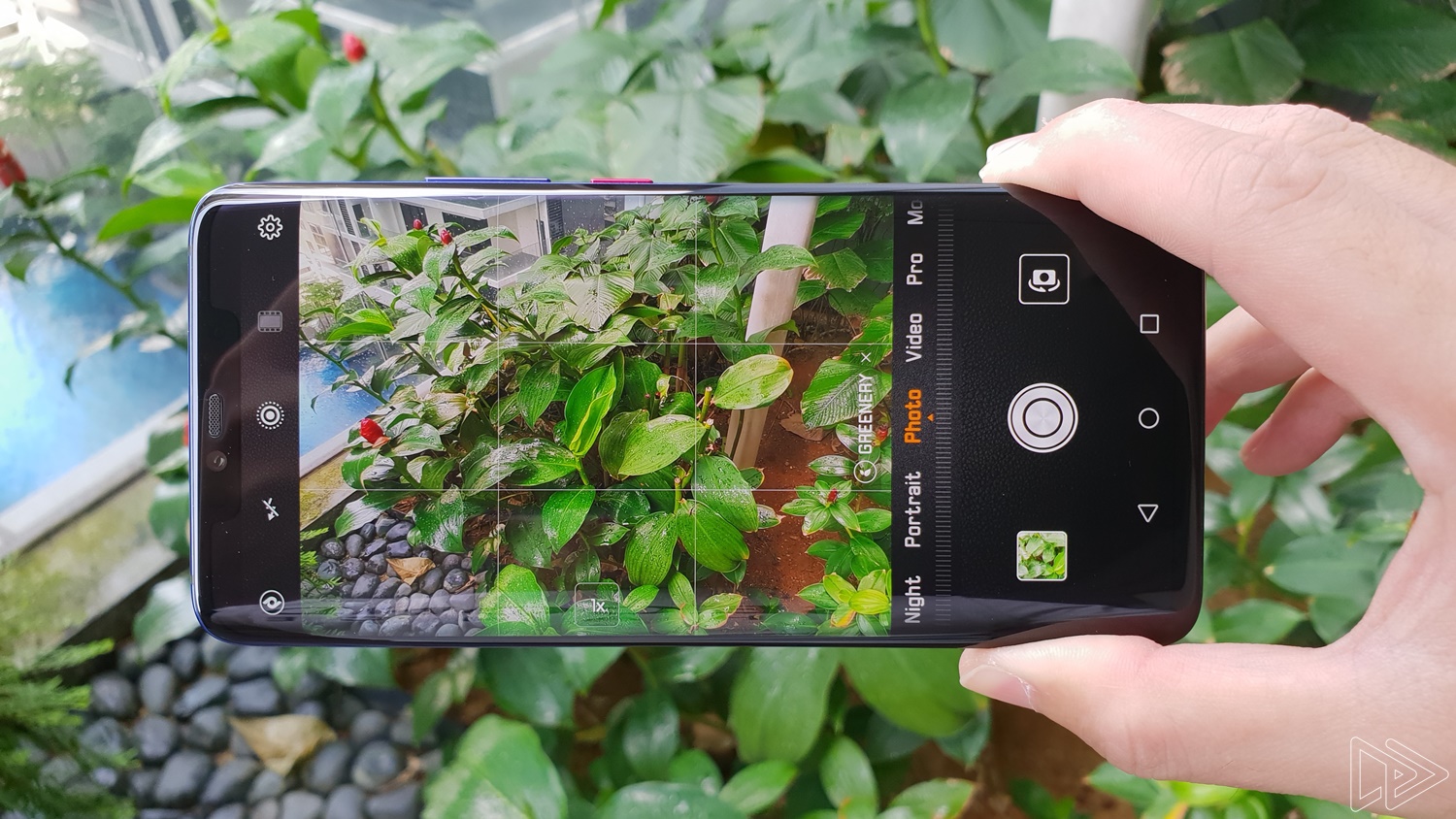Huawei’s previous high-profile flagship, the Huawei P20 series, generated quite a bit of buzz for the Chinese company. Not only is Huawei the second largest smartphone maker now – in terms of smartphone shipment – the P20 Pro is also currently regarded as one of the best flagship smartphones.
Now, we have the Huawei Mate 20 Pro; arguably the most interesting device in the Mate 20 series. Sporting a new Leica Triple Camera system, a new chipset, and a slew of new features, the Mate 20 Pro has a lot going for it – but are these enough to make it a compelling smartphone? Let’s find out.
Right off the bat, the Mate 20 Pro feels very refined and premium when held. It has great build quality, it has a nice heft to it – the phone weights about 189g – and it’s narrow enough for comfortable use with one hand. This is despite the fact that it has a large 6.39-inch display.
Turn the phone around, and you’ll see the Mate 20 Pro’s gradient finish in all its glory. The model here is the Twilight colourway, and it looks darker and subtler than the Twilight P20 Pro. This is really in line with the Mate 20 Pro’s more professional appeal – the target audience of the Mate series has always been business users.
Unlike mainstream Huawei phones in the past, the Mate 20 Pro finally makes use of its glass back: it now supports wireless charging. On top of that, it also offers reverse wireless charging. Yes, you can wirelessly charge other devices by simply placing them on top of the phone’s glass back.
There’s no doubt the gradient finish of the Mate 20 Pro’s rear glass panel is unique, but there is one design element I don’t quite like: the square camera module. It takes up too much space, and it doesn’t look attractive at all. Personally, I find the P20 Pro’s vertical camera arrangement much more aesthetically pleasing.
Design aside, the Mate 20 Pro is powered by Huawei’s brand new 7nm Kirin 980 chipset. Not surprisingly, the phone feels very fast and zippy, and switching from one app to another is noticeably quicker than other flagship phones I’ve used this year. It’s too early to tell just how capable the Kirin 980 is, but I’m excited to see how well it can run demanding mobile games.
Power efficiency is also one of the biggest advantages of the 7nm Kirin 980. Thanks to the Mate 20 Pro’s large 4,200mAh battery, you can expect this phone to return very good battery life.
On the software front, the Mate 20 Pro runs on EMUI 9.0 based on Android 9.0 Pie out of the box. For the most part, this new version of EMUI still feels a lot like previous iterations of it. It feels relatively lightweight, there are some bloatware, and though I’m not a big fan of the user interface’s design, it’s…a functional version of Android. You also get Android Pie features like Digital Wellbeing, which allows you to track your smartphone usage.
Next, we have the Mate 20 Pro’s 6.39-inch dual curve, OLED display. Sporting a resolution of 3120 x 1440, this is a sharp display. Thanks to the inherent property of OLED panels, the Mate 20 Pro’s screen has excellent black levels too. On top of that, I also love the minimal bottom bezel of the phone and curved display, though I’m not too fond of the wide display notch.
However, the notch is there for a good reason – well, to an extent. The wider than usual notch houses Huawei’s own 3D Depth Sensing camera for the Mate 20 Pro’s face unlock feature. It can recognise my face pretty quickly, and in theory, the more sophisticated camera module should be more secure than other facial recognition systems that rely exclusively on conventional selfie cameras.
Besides the 3D Depth Sensing camera, the Mate 20 Pro also has another biometric security: an in-screen fingerprint sensor. For the most part, it has little difficulty accurately detecting my fingerprint, though it is noticeably slower than conventional fingerprint sensors.
Finally, we have the Mate 20 Pro’s new Leica Triple Camera system. Now consisting of a 40MP f/1.8 primary shooter, a 20MP f/2.2 ultra-wide camera, and an 8MP f/2.4 telephoto sensor, I’m quite impressed with the phone’s camera performance.
Without a doubt the primary 40MP sensor can take great-looking shots, and surprisingly enough, even the 20MP ultra-wide shooter is quite decent, though the wide-angle nature of the camera can result in some distortion, showcasing a fisheye-like effect. For the most part, however, the phone handles the distortion pretty well.
But like most phones with multiple cameras, the Mate 20 Pro’s image quality differs from one sensor to another. The best one is definitely the 40MP sensor, while the 20MP ultra-wide camera captures images with warmer colour temperature and less details. I didn’t manage to capture any good sample shots with the 8MP telephoto lens, though it’s likely the worst performer compared to the other two sensors.
It’s worth noting that I’ve only tested the Mate 20 Pro’s camera performance in good lighting conditions, and most smartphones can usually capture good images in this scenario. The real challenge lies in low light photography, and only that can highlight any possible weakness in the Leica Triple Camera system.
Based on my brief time with the Huawei Mate 20 Pro, it’s potentially the best Mate phone yet. Riding on the momentum generated by the P20 series, I’m pretty positive the Mate 20 series can repeat the success of the former. Although the Mate 20 Pro isn’t an affordable phone – the 128GB model with 6GB of RAM retails at RM3,599 in Malaysia – that’s how much premium flagship phones go for in this region; it’s an expected price point.
In a market flooded with so many flagship smartphones, the Mate 20 Pro stands out with its Leica-branded cameras, unique design, and large battery capacity. It has a lot of potential, and I can’t wait to put it through its paces in a full review.















Nothing Ear & Nothing Ear (a) Are Here With ChatGPT Integration – From RM479 in Malaysia
Huawei Pura 70 Series Official in China – Retractable Camera From 5,999 Yuan
smart Malaysia Introduces Referral Programme – Get up to RM500 smart Points
Asus Vivobook S 14 & Vivobook S 16 Launch in Malaysia – Starts at RM4,399